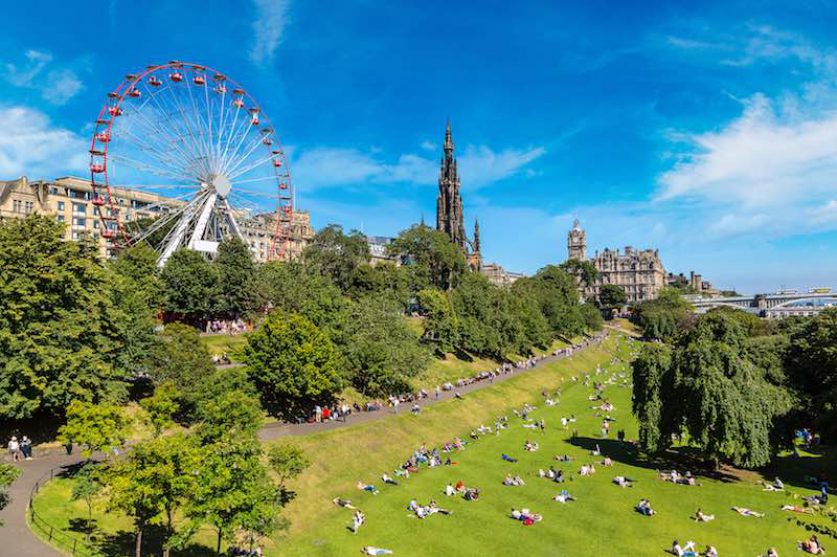
Green spaces could provide enough heat to warm 15% of Scotland’s households—the equivalent of all homes in Glasgow and Dundee combined.
New research from Greenspace Scotland suggests thousands of urban parks could be tapped for ground heat, which could then be channelled to nearby homes, reducing their fuel consumption, energy bills and carbon emissions.
An existing scheme at Edinburgh’s Saughton Park shows how the technology would work. In the urban park, ground source heat pumps harvest heat from below a sports pitch and car park. Greenspace Scotland says the model could be expanded and replicated, to generate large volumes of heat from ground and water sources and use it to warm local schools, leisure centres and hospitals.
The ParkPower project, run by the social enterprise in partnership with Falkirk Council and Fife Council, analysed 3,500 parks and green spaces across Scotland. The study found that 59% of these sites are located in areas suitable for heat networks and 69% are located within urban areas. With a large number of green spaces, Glasgow is the city with the greatest potential to meet its heat demand from sub-surface heat collectors, followed by Edinburgh and Fife.
Ground-source heat-pump systems placed within all these suitable green spaces could harness 4,600GWh of heat annually, the equivalent of 5.5% of Scotland’s total non-electrical heat demand. Using ground-source heat rather than natural gas could reduce Scotland’s carbon emissions by 1.4%, or 580,000 tonnes each year. That’s the same amount of carbon that would be taken from the atmosphere by 10 years’ growth by 9.5 million sapling trees.
Scotland had pledged to achieve net-zero emissions by 2045, five years ahead of the rest of the UK. But while the country has rapidly decarbonised its energy supply and will soon meet 100% of its electricity demand with renewable power, the decarbonisation of its heating supply has lagged. Residential emissions, most of them from heat, contributed 14.9% of Scotland’s greenhouse gas emissions in 2017.
Scotland has committed to generating 11% of its non-electrical heat from low carbon sources, such as district heating networks, by the end of this year. However, recent estimates put the figure at just 6%.
Paul Steen, manager at UK District Energy, Ramboll, said: “A key challenge in meeting Scotland’s net-zero carbon ambition by 2045 is decarbonising our energy system. The ParkPower project shows the huge green energy potential waiting to be unlocked from Scotland’s parks and green spaces.”
Julie Procter, chief executive, Greenspace Scotland, said: “We are all familiar with thinking about Scotland’s parks as our natural health service, our children’s outdoor classrooms and our cities’ green lungs. The findings of the ParkPower project mean we could soon add ‘community power stations’ to the list.”




